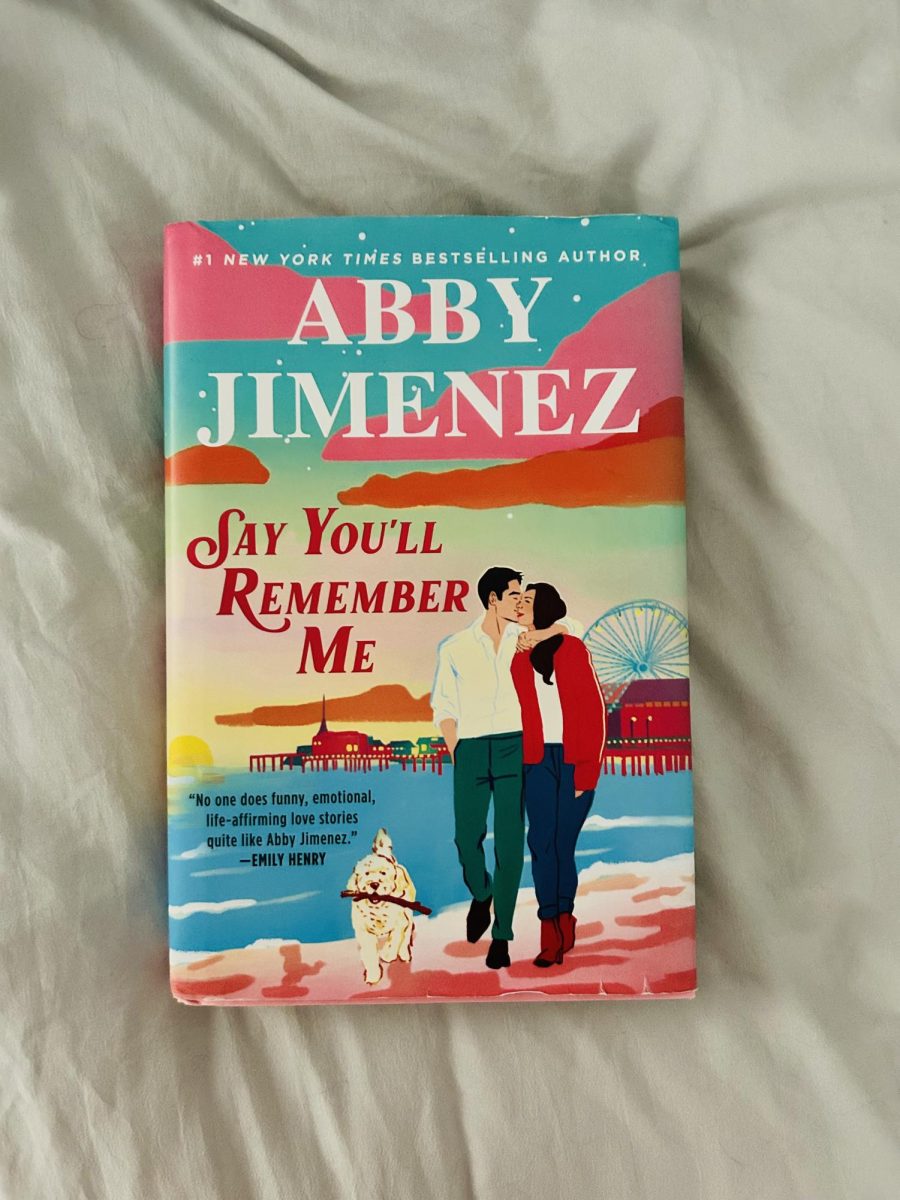
Too Much by Rachel Vorona Cote encompasses how Victorian constraints still bind women today. Historically, The Victorian era as we know it was an undeniable turning point for a remarkable women’s rights movement– a movement that is arguably still taking place today.
This novel was recommended to me by an admirable friend of mine, Zoe Ratliff. I remember very significantly as I was being handed her personal copy, she said, “This book reminds me of you. This book is about how being an emotional person does not have to represent weakness. It can represent strength.”
My initial thought was how healing this truth could be. As I began reading, I looked for this validation– feeling the work, looking for what makes me strong in each page. As an undeniably emotional young woman, I can attest– we are commonly viewed as a rather sorry group of people. People that need help, people that are obviously overthinking, because you were just joking when you blatantly insulted me, right? We can’t take a joke, so we are no fun. We think too intently about things; we need to live a little. We are too opinionated, why are we so mean all of the time? Essentially, we are “too much.”
This topic of “Too Muchness” is mentioned persistently throughout the novel, initially when Cote reveals that she in fact took inspiration for this term from Disney´s Alice in Wonderland. “Lost my muchness, have I?” Alice mutters to herself in her knowledge that she has lost to the Red Queen. In this moment, she has been brought down. Her “muchness” has supposedly gone. What positive connotation does this suggest? Could Alice have possibly been suggesting that her strive to fight, her passion to make difference– her ‘muchness’– was something she had needed, perhaps, a strength?
Cote proceeds to enlighten readers in that the Victorian era was accompanied by a “disease” prominently carried by women: hysteria. Yes, disease was the word. In other words, “excessive” feelings/outburts of nervousness, excitement, fantasizing, and any sort of temperament correlated to modern era’s understanding of mental illness. Readers will think this sounds ridiculous– humorous, even. However, those of us who deal with the treatment and constraints of being emotional, deep women in today’s society do not have a chuckle to give– due to the fact that not much has actually changed at all.
If you are someone who is bottomless with meaning, enlarged with emotion, and often brought down because of it, this is the book for you. Your “muchness” is not a burden just because there are individuals who cannot comprehend it. It is not invalid due to the existence of sexist constraints originating–and unfortunately still lurking– from roughly 300 years ago. Truthfully, the concept of being too much is real. When Zoe gave me her copy to borrow, she said one other thing to me as well, “Excuse the title. Don’t take it the wrong way.”
Looking back, I see what she meant, and I know now exactly why I did not take it the wrong way at all. Being too much, whether in politics, academics, or any general passion can change the world. As humans, we should all partake in being too much at least once in our lives. Too much can exist, but the problem is how we as a society view this term. We can work together to refrain from this idea of limiting our muchness into a continued revolution to expand and utilize it. Including, but not limited to women, our muchness matters. Our muchness needs to be celebrated, and Too Much by Rachel Vorona Cote was personally the perfect starting point for my personal contribution to this matter. It could be yours too.


















